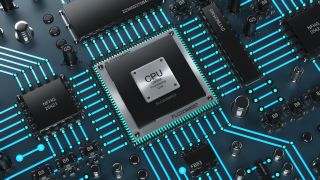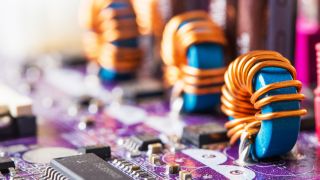Test and measurement solutions to address the electronic circuit developers needs
Today’s world is driven by the latest industrial and economic technologies and trends such as IoT, Industry 4.0 and green energy on the one hand, and by fundamental changes in personal lifestyle such as e-health, e-mobility, smart homes, smart cities and social media on the other hand. All these trends create a strong demand for a new generation of electronic devices that address the challenging requirements of wearability, mobility, connectivity, performance, power efficiency, robustness and highest data rates.
As a direct result of these demands, electronic engineers currently face ever more complex challenges when designing and developing integrated board architectures. Our comprehensive and sophisticated test and measurement solutions include classical lab equipment and handheld tools and address numerous applications in the field of
- Analog / digital design and testing
- Digital bus and interface standards
- Power electronics
- CATV / DOCSIS
If you have any further questions, please contact us.













